Aiming at the problems of large energy consumption and poor standby state control effect of automatic data debugging of electric automatic controller, an electric automatic energy-saving controller based on particle swarm optimization is proposed.
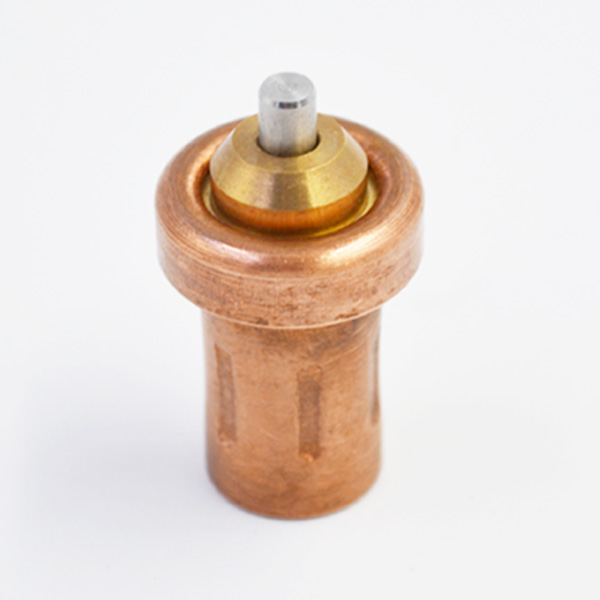
The SYU? 213 energy-saving controller is selected in the design. The automatic controller is optimized in hardware to ensure the effective switching of various states. Introducing the Kalman algorithm based on Particle Swarm Optimization in software design can reduce energy consumption rapidly in different states.
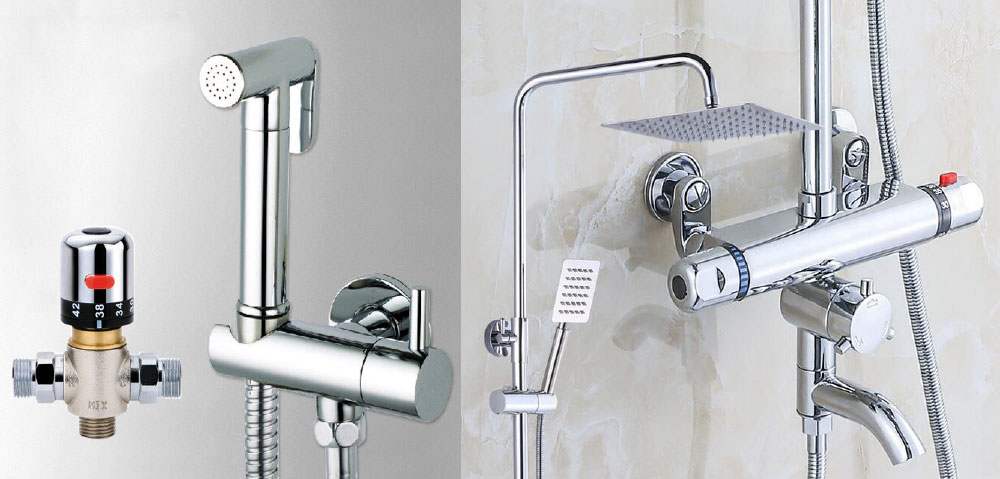
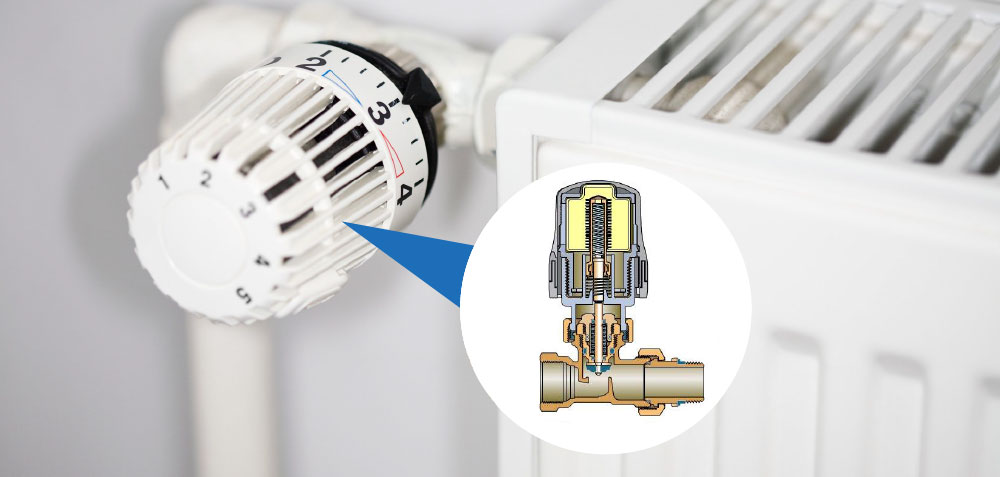
The experimental results show that the designed electric automatic energy-saving controller based on particle swarm optimization can effectively reduce the energy consumption of electric automatic control, and can still carry out energy-saving control in standby state. Electrical automatic controller is the key to maintain normal operation and effective control of power system. The control of the electric automatic controller can effectively realize the system control, but also bring about a certain amount of energy consumption [2]. In the process of electric power control, there are some phenomena of reserved control and slow waiting area, and energy consumption will be carried out in the form of feedback [3]. Sometimes in standby mode, energy consumption is still in accordance with the maximum power consumption, and there is internal energy generation. Electrical automatic energy-saving controller produces internal energy consumption while easily causing some potential safety hazards.
Under the action of impedance, electric energy will work on impedance components after passing through, which greatly consumes electric energy [4]. In this regard, an electrical automatic energy-saving controller based on particle swarm optimization is proposed, and experimental comparison and analysis are carried out to verify the effectiveness of the electric automatic energy-saving controller based on particle swarm optimization designed in this paper. The electric automatic energy-saving controller based on particle swarm optimization designed in this paper can be used at different temperatures first, and can effectively control the intermediate relay and contactor.
The energy consumption is different under different regulating capacity. In standby state, it is necessary to stop the control allocation device to facilitate the reduction of power consumption, and to maintain the use state at the lowest power. Once in the control state, the system will be allocated immediately to reduce the consumption of buffer energy and avoid the energy consumption under the time continuation. The brake cooling device can be started only under the condition of high power operation, which can not only reduce energy consumption, but also reduce the working pressure of the mobile circuit.
In the formula: cooling power for circuit operation; implementation data for sustainability; statistical RMS. The energy-saving device of the electric automatic energy-saving controller based on particle swarm optimization designed in this paper is mainly realized by the hardware cutoff.
By reserving the software calculation, the cutoff can be set up for power cut-off and connection. This paper chooses 6685? YBF cutoff, which can not only meet the needs of low energy consumption, but also have the ability to have.
Effectively implement relative control.
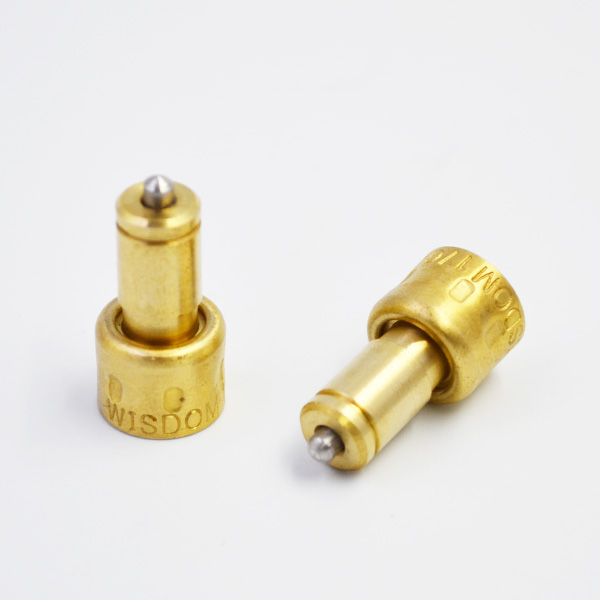
The electric automatic energy-saving controller based on particle swarm optimization is designed in this paper. In the software design, the way of particle swarm optimization is used for effective energy-saving control. Formula: to control the expression weights of energy-saving calculation data; to be the available range of variable functions; respectively, the effective power and energy consumption under different states.
In the formula, the control parameters and the execution parameters of the particle cluster are the parametric function and the total variable function, respectively, thermostatic element the particle weighting coefficient and the particle variable parameters. Formula: for the parameters of Kalman variables; for the reference constant of Kalman calculation process; for the variable ratio of energy-saving data; for the simplified data difference of energy-saving control; for the multi-dimensional numerical control variable data difference. This paper designs an electric automatic energy-saving controller based on particle swarm optimization, which can adjust automatically to some extent, but the adjusting range needs to be recalculated [7].
In the formula: the actual adjustment limit value of maximum work efficiency; the best trade-off parameter of adjustment variable; the adjustment rate of maximum work variable; the constant value of limit data. Formula: Expressing execution ability for limit data; Limit control coefficient.
In the formula: the minimum call limit for standby; the limit adjustment coefficient for standby state; and the substitution capacity for constant power. In order to ensure the effectiveness of the electric automatic energy-saving controller based on particle swarm optimization, the parameters are set, and the range of parameters of Kalman variables is set within [18.5, 30.5], which is 2.5, 5,000, 645 and 60, respectively.
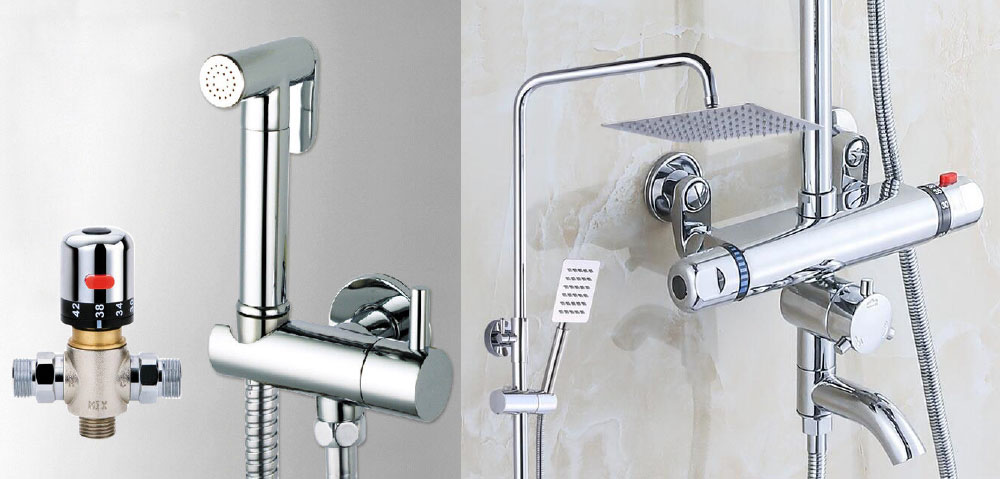
The experimental hypothesis designed in this paper is that three points are controlled by remote energy-saving.
Q0 is based on particle swarm optimization. P1, P2 and P3 are control elements respectively. The framework is shown in Figure 1. In order to ensure the effectiveness of the electric automatic energy-saving controller based on particle swarm optimization, the experimental data need to be set, and the parameters set are as shown in Table 1. The results of the analysis of Figure 2 show that the electric automatic energy-saving controller based on particle swarm optimization designed in this paper has about three times the control regulation ability of the traditional method, and its control ability fluctuates within a stable range. Analysis of Figure 3 shows that the energy-saving function curve of the electric automatic energy-saving controller based on particle swarm optimization is obviously larger than that of the traditional method, indicating that energy-saving control is also carried out in standby state. Aiming at the problem of poor energy-saving control effect in traditional methods, an electric automatic energy-saving controller based on particle swarm optimization is designed and compared with the experimental results. The experimental data prove that the improved electric automatic energy-saving controller is effective.
